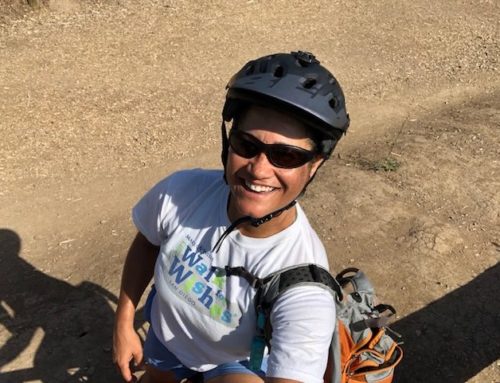A part of overall fitness is maintaining flexible. When your muscles are tight, you are more likely to sustain an injury than when you are stretched out, so logically it is beneficial to keep your muscles limber and supple. It is even more important to stretch if you weight train, because weight training will decrease your flexibility over time if you consistently neglect to stretch afterwards. Let me just clarify that last statement: while it is important to warm-up (stretching can be part of the warm-up) before undergoing rigorous exercise, it is equally important if not more so to stretch after exercise. You see, over time resistance training (i.e. free weights, resistance machines, etc…) will decrease your flexibility by shortening the belly of the muscle trained by a given resistance exercise. This is only a negative if you don’t replenish the flexibility to the muscle by stretching it out afterwards. By undergoing some simple stretches for each muscle group worked, you will have no problem in this area.
Now that you understand it is beneficial to include stretches into your workout, let’s focus on the various types of stretches. I classify stretches into three categories: passive, dynamic, and isometric stretches. Passive stretches are the type that you are most likely already familiar with—the ones you did in gym class at school. This type of stretch is of the traditional variety and is performed by holding a position for a varied length of time in order to elongate the muscle. For example, you could stand upright, bend at the waist and reach for your toes to stretch out your hamstring muscles. Another you will probably recall is bringing one arm across the front of your body to stretch your posterior shoulder out. These are all types of passive stretches because you are holding them in one position for a given length of time. This variety is usually most effective after warming up and following exercise.
Dynamic stretching is another type of stretch less familiar to most people. As the name implies, dynamic stretching involves movement. These stretches are more advanced and allow the given muscle to stretch out while moving through a range of motion. For example, arm circles may ring a bell to you. Swinging your arms in a circular pattern in order to stretch out the shoulder girdle and deltoids. These are safest when performed after warming up and before beginning the planned exercise. When used in conjunction with passive stretches, these are very effective.
The most advanced type of stretch is an isometric stretch. This involves a muscular contraction during the stretch. Because of that, isometric stretches should only be performed no more often than every other day (just like resistance training) on the same muscle group. An example of an isometric stretch for the inner thigh (adductor muscle group) can be performed by first moving as far as possible into the “splits” position by widening your feet and moving your groin as close to the ground as possible. Then contract your adductor muscles of your legs by attempting to pull them toward one another while keeping your feet in the same place. Hold that position for a given length of time (anywhere from 10-60 seconds), then relax your muscles and you will be surprised that you can now move a little further into the stretched the split. Appling these principles of contracting and holding followed by relaxing will allow you to make substantial gains in no time. However, this is a more advanced stretch and I highly recommend you seek more information on it before attempting it yourself.
By performing the stretches listed above or combinations of them, you should make substantial increases in flexibility over time. Remember, it is optimal to be strong and limber, not just strong. It will make life much easier and less painful for you in the long run!
Melissa Allen, BS, CPT, CES is a certified personal trainer, corrective exercise specialist and Medifast health coach, is the owner of the Optimum Condition Corrective Exercise & Performance Center, located in El Cajon, in the East County of San Diego. We specialize in customized fitness training and corrective exercise for both recreational athletes and post-rehab clients, as well as guaranteed weight loss programs or your money back. You can schedule a free consultation to help you get started. Please visit her website at OptimumCondition.org.





